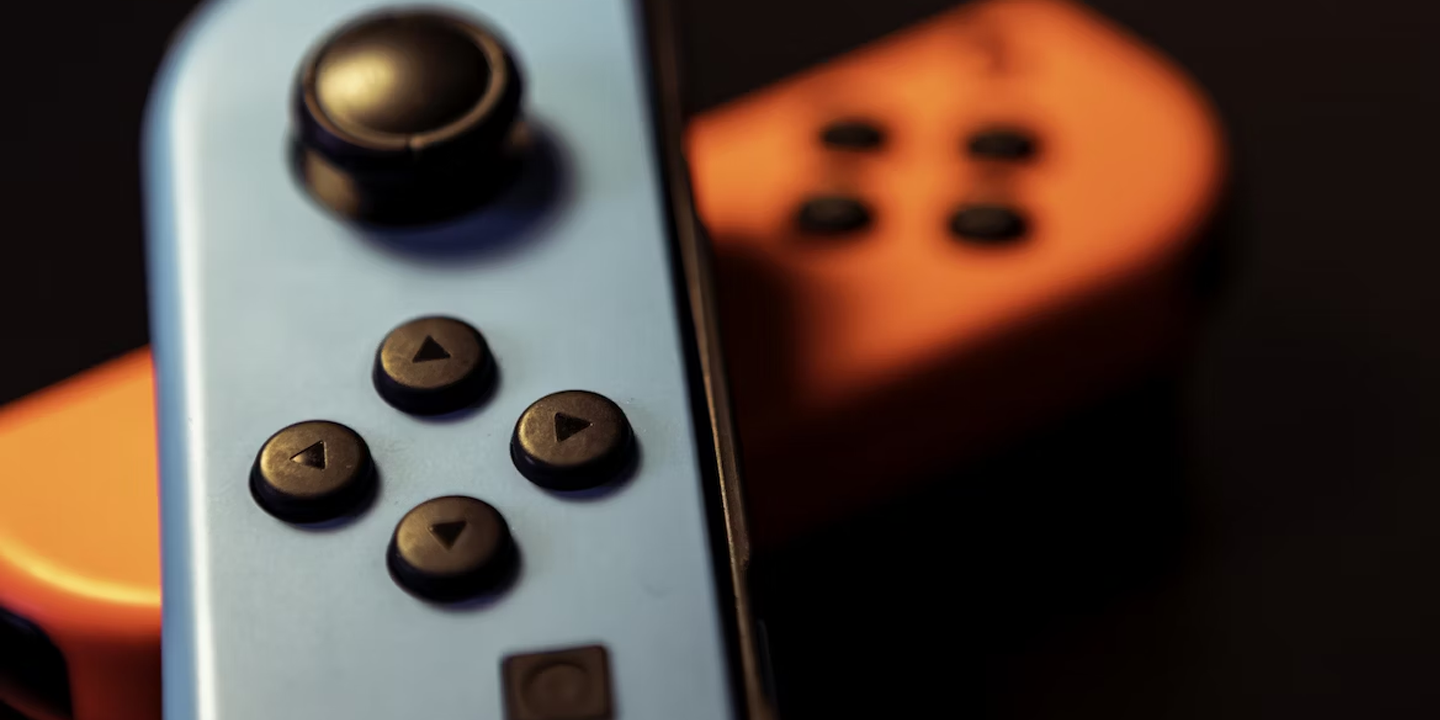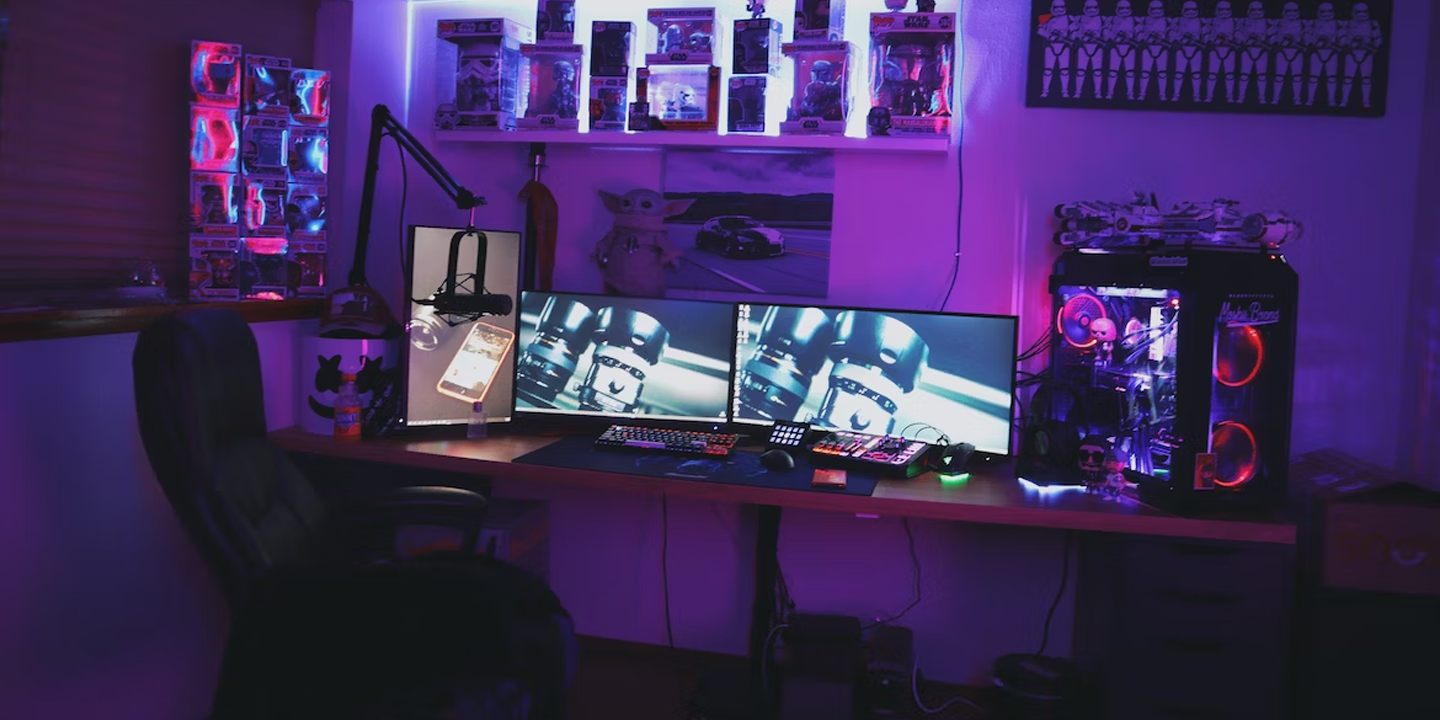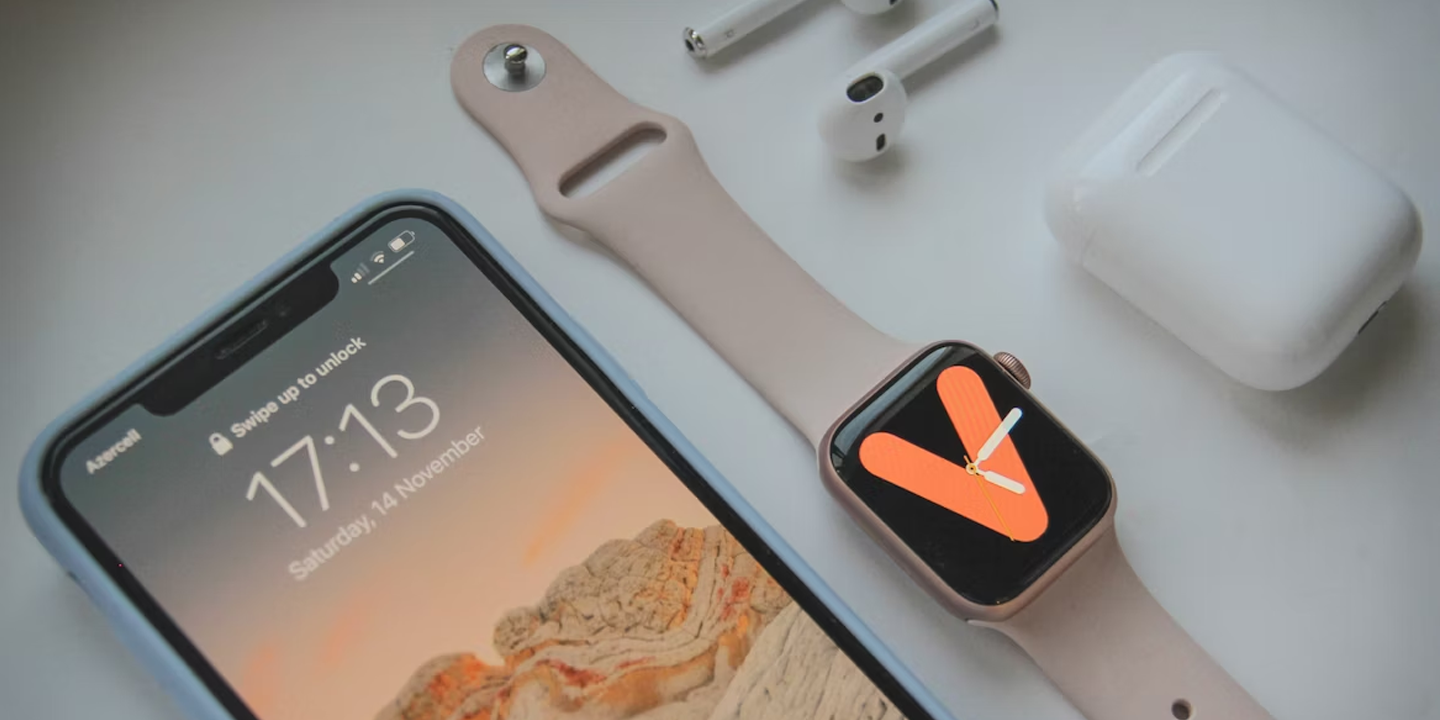Gaming’s Greatest Hits (And Misses)
Gamers have had their hands on all kinds of controllers over the years. A great controller just needs to feel natural and let you focus on the game. But not every company got that memo. Some designs felt tailor-made for human hands, while others looked like someone threw buttons on a plastic shell. So, let’s start with ten controllers that impressively shaped how games felt.
1. Atari CX40 Joystick (1978)
The Atari CX40 Joystick gave millions their first taste of home gaming in 1978, defining what a controller looked and felt like. Its black plastic shell and iconic single-button design were built for durability and simplicity—qualities that made it intuitive even for first-time players.
 Atari CX40 Joystick Controller Review by hirudov
Atari CX40 Joystick Controller Review by hirudov
2. Nintendo Entertainment System (NES) Controller (1983)
The NES controller, with its now-legendary D-pad and A/B buttons, was ergonomically strange but functionally revolutionary. It taught players how to jump, run, pause, and fire, all with just a few fingers. The D-pad became a permanent fixture in controller design, setting the groundwork for every 2D platformer.
3. Sony DualShock Controller (1997)
Nothing ever said evolution like dual analog sticks and a well-timed vibration. The original DualShock, first paired with the PlayStation, gave players tactile feedback and smoother control than ever before. With two analog sticks, it paved the way for precise camera and character control in 3D spaces.
 PlayStation DualShock Controller Promo In 1997. by This Week In Gaming
PlayStation DualShock Controller Promo In 1997. by This Week In Gaming
4. Xbox 360 Controller (2005)
When the Xbox 360 controller dropped, gamers across genres praised its perfect balance of form and function. Its contoured grips and responsive shoulder triggers made it the gold standard for ergonomic design. Plus, the asymmetrical stick layout worked wonders for FPS titles.
 How to Sync Up a Xbox 360 Controller to your Xbox 360 Console by What Happens When
How to Sync Up a Xbox 360 Controller to your Xbox 360 Console by What Happens When
5. Nintendo GameCube Controller (2001)
No one expected that oddly shaped purple thing to become a fan favorite. But the GameCube controller defied expectations with its instantly recognizable layout. That giant A button, offbeat Z trigger, and curved grips made it quirky but surprisingly effective.
6. Nintendo Wii Remote (2006)
The Wii Remote, or Wiimote, turned game night into family night by inviting movement into the gaming experience. Its motion sensors let you swing a sword—all with intuitive gestures. Instead of buttons, it leaned on how you moved, which made games accessible to players of all ages.
7. Nintendo 64 Controller (1996)
This controller turned heads with its alien shape, but behind the weird design was a purpose: to introduce gamers to analog control in 3D environments. Its center analog stick and trigger (the now-iconic Z button) gave players a fresh way to move and interact.
8. Super Nintendo Controller (1990)
The Super Nintendo controller became iconic for revolutionizing gamepad design with its ergonomic shape, intuitive four-button diamond layout (A, B, X, Y), and the industry-first L and R shoulder buttons. It also enhanced gameplay complexity and comfort.
9. Sega Genesis 6-Button Controller (1993)
For fighting game fans, this controller responded to the limitations of its earlier 3-button version with more precision. Street Fighter II and Mortal Kombat suddenly made more sense on the console. Plus, the design placed the extra buttons in a single row for smoother combos.
 Classic Game Room - SEGA GENESIS 6-BUTTON CONTROLLER review by Classic Game Room
Classic Game Room - SEGA GENESIS 6-BUTTON CONTROLLER review by Classic Game Room
10. Sega Dreamcast Controller (1999)
The Sega Dreamcast controller featured a built-in Visual Memory Unit (VMU) slot, allowing for a secondary screen and mini-game storage. With its analog stick, triggers, and modular expansion bays, it laid the groundwork for modern controllers like the Xbox.
 Unboxing an UNUSED Dreamcast Console! 23 Years Later by LGR
Unboxing an UNUSED Dreamcast Console! 23 Years Later by LGR
Now, here are ten controllers that made us squint and wonder who designed them and why on Earth.
1. Power Glove (1989)
The Power Glove promised futuristic motion control but delivered clunky, unresponsive gameplay. Released for the NES, it required awkward finger combinations and rarely worked as intended. Gamers were left confused, while pop culture immortalized its failure with a wink.
2. Sega Activator (1993)
Step inside a plastic octagon and flail. The Sega Activator sat on the floor, trying to read your kicks and punches using infrared beams. It reacted more like a haunted house prop—slow, jittery, and deeply frustrating.
 Sega Activator Review By RyanRightN0w!!!!!! by RyanRightN0w
Sega Activator Review By RyanRightN0w!!!!!! by RyanRightN0w
3. U-Force (1989)
Looking like a rejected scanner from a spy movie, the U-Force turned air into input and usually got it wrong. You hovered your hands above the sensors, hoping for a punch, kick, or jump. What you got instead was a glitchy mess that made buttons feel like miracles.
 Don't Touch: The Story of the U-Force by Gaming Historian
Don't Touch: The Story of the U-Force by Gaming Historian
4. Turbo Touch 360 (1993)
Touch-sensitive sounds fancy until your thumb just grazes the pad, and your character sprints off a cliff. The Turbo Touch 360 replaced the trusty D-pad with a hypersensitive plate that reacted faster than your brain.
 Turbo Touch 360 - Does It Suck? | Review/First Thoughts by TheCartCollector
Turbo Touch 360 - Does It Suck? | Review/First Thoughts by TheCartCollector
5. Steel Battalion Controller (2002)
This one on the list gave you the full mech pilot experience—and the full headache to match. It was absurdly complex and insanely expensive. If you weren’t studying the manual like a flight exam, you were pressing eject just to log out.
 John Tregoning (Flickr profile) on Wikimedia
John Tregoning (Flickr profile) on Wikimedia
6. Nintendo Wii U GamePad (2012)
The Wii U GamePad packed a touchscreen, motion control, camera, and NFC tech, but never truly clicked with developers or players. It was bulky, drained battery life fast, and confused many with its unclear role. Despite its potential, the controller never justified its presence in your hands.
7. Philips CD-i Controller (1991)
Philips’ CD-i controller made gaming feel like channel surfing—only slower and far less fun. This thing was designed for menus, not motion. Lastly, it left players fumbling through action games like Zelda: The Faces of Evil with zero grace.
 Stonda~commonswiki on Wikimedia
Stonda~commonswiki on Wikimedia
8. Atari 5200 Controller (1982)
It was a joystick that didn't snap back to center. Now, think about playing Pac-Man with that. The 5200 controller’s analog stick was a wild card, and not in a good way. Add a fragile build and a bizarre keypad, and you’ve got a game-night gremlin.
 Atari 5200 - worth buying? by Modern Classic
Atari 5200 - worth buying? by Modern Classic
9. ColecoVision Controller (1982)
The ColecoVision paired a stiff joystick with a full numeric keypad, cramming function into a handheld nightmare. Players struggled with precision, and overlays meant to help often made things worse. It looked like work, not fun.
 ColecoVision Controller - BrianTheBlue A/C Reviews Episode 23 by Jacobians
ColecoVision Controller - BrianTheBlue A/C Reviews Episode 23 by Jacobians
10. Original Xbox "Duke" Controller (2001)
The Xbox’s launch controller earned the nickname “Duke” for its size alone. Designed for large hands and massive branding, it overwhelmed players with a spread-out layout and oddly placed black and white buttons. Microsoft quickly replaced it with the much slimmer Controller S.
















